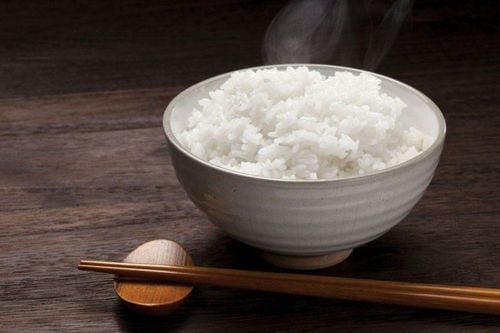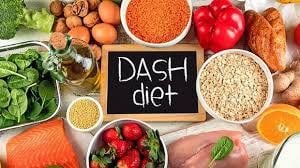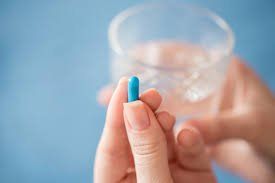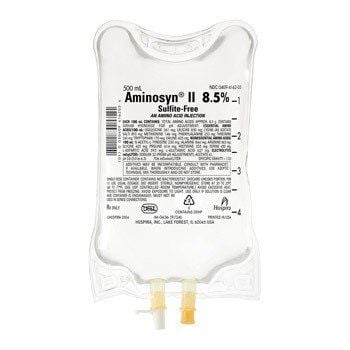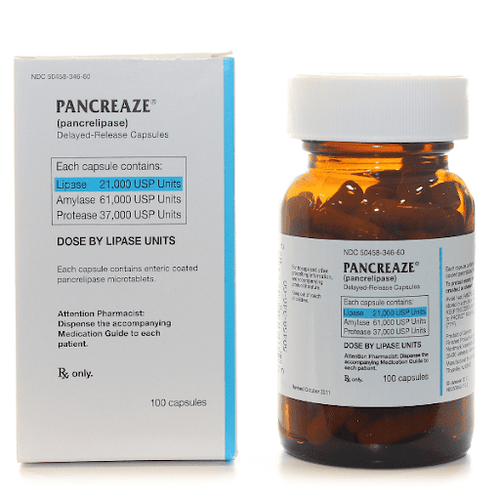This is an automatically translated article.
Studies have shown that even though consumers read nutrition labels and know the calories of food, 9 out of 10 people don't know how many calories they need each day to maintain a healthy weight.
1. What are calories?
Calories are units of energy contained in food in the form of carbs (starches), fats, and proteins. Calories are used in almost every bodily activity such as: Breathing, getting your heart pumping, talking and walking. If there are excess calories, the body stores the calories as fat. But some calories are stored in the liver and muscles so they can be released quickly into the bloodstream if the body needs energy. Most foods have calories, but with varying amounts of calories. Fat has the highest number of calories. Therefore, understanding the role of calories in your diet can help you balance calories with calories in your body, helping you achieve the desired weight.
Trắc nghiệm dành riêng cho người mắc đái tháo đường: Chế độ ăn của bạn đã hợp lý chưa?
Người bị bệnh đái tháo đường cần phải quan tâm nhiều hơn đến cách tính toán khẩu phần ăn sao cho phù hợp với nhu cầu và tình trạng sức khỏe. Nếu chưa rõ, bạn có thể tìm hiểu kỹ hơn thông qua bài trắc nghiệm ngắn sau đây.2. How many calories are needed per day?
An average-weight adult woman needs to eat about 2,000 calories a day to maintain her weight and 1,500 calories a day to lose one pound of weight per week. Meanwhile, the average adult male needs 2,500 calories to stay active and 2,000 to lose one pound of weight per week.

Lượng calo mỗi ngày tùy thuộc vào nhiều yếu tố khác nhau như giới tính
However, the amount of calories needed by each person varies depending on many factors such as: Age, height, current weight, activity level, metabolism and several other factors. Since fat provides more calories, dieters and healthy eaters try to limit the amount of fat in their diet. You can reduce your intake of 500 calories per day. Losing 1-2 pounds per week is considered a healthy and sustainable rate of weight loss. You need to be careful not to cut too many calories and should not follow a low-fat diet because it can be dangerous to health. Certain calories provide special weight loss benefits. For example, calories from protein are helpful in building and maintaining muscle. When you have more muscle, you can stay active and burn more calories. And calories from fiber-rich foods help you feel full and not go hungry throughout the day.
3. How to calculate calorie intake?
Calculating daily food calories is one of the main techniques people use when trying to lose weight. A calorie is a unit of energy, not a measure of weight or nutrient density. In 1990, the US government passed the Nutrition Labeling and Education Act, standardizing information, including calories, that must be listed on nutrition facts labels. That means before any packaged food in the United States goes on sale, food scientists must measure the nutrients and calories of that product, but in a very complicated way.
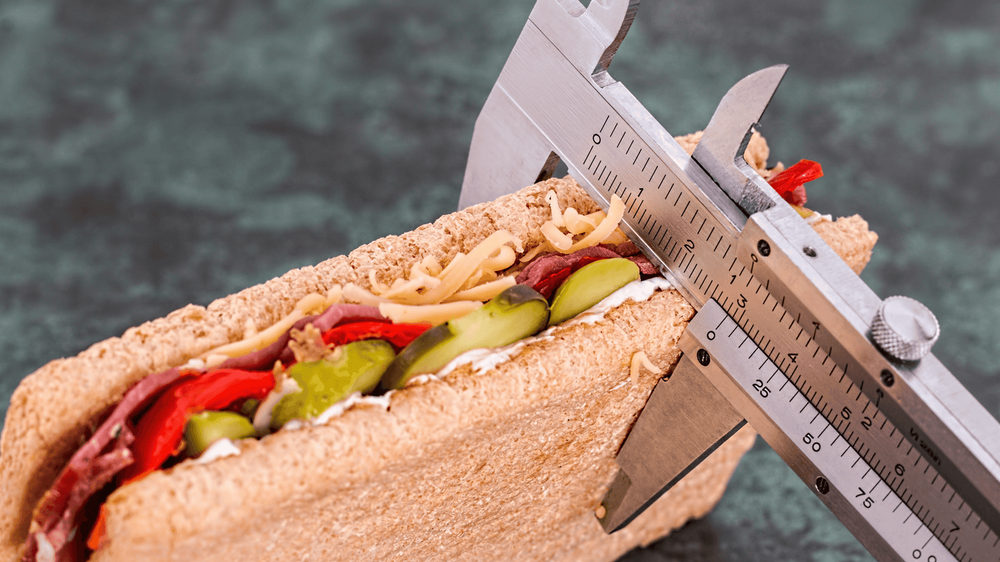
Tính lượng calo thức ăn hàng ngày được sử dụng nhiều đối với những người giảm cân





